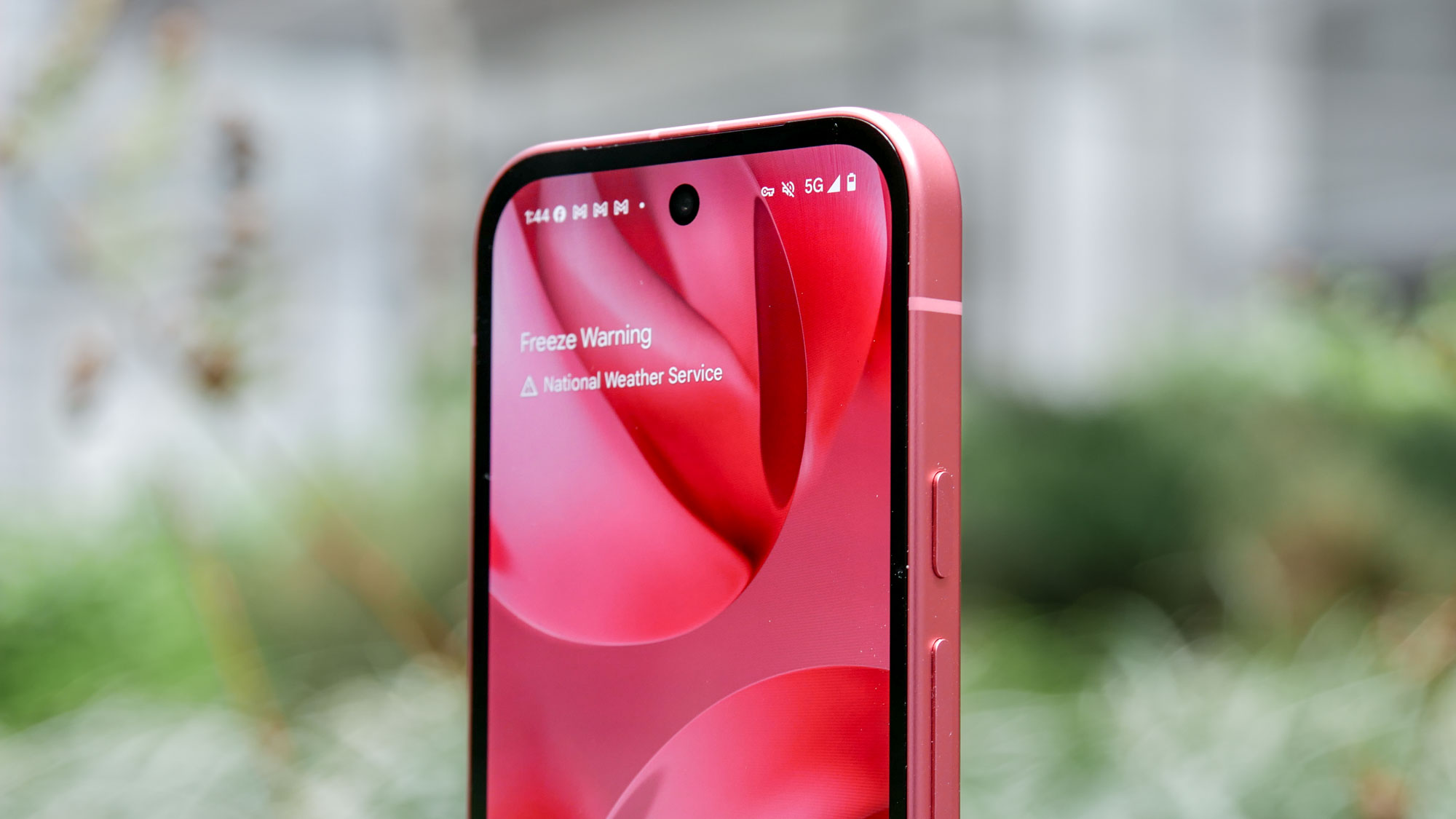Google I/O 2015 Highlights: Android M, Android Pay and More
Google kicked off this year's version of Google I/O with a two-and-a-half-hour keynote. Here are the announcements you need to know about it.

Google executives took to the stage at the annual Google I/O conference in San Francisco today (May 28) to outline their vision for the next version of Android, roll out a new photo service, and take the wraps off of a scaled-down operating system aimed at connected devices.
As at any developers conference, much of the focus at Google I/O tends to be on under-the-hood changes that Google is making to its products and how developers can take advantage of those changes in their own offerings. But this year's keynote gave consumers some idea of what they can expect out of Google in the next year.
Dial M for Android
Google kicked things off with a preview of Android M, the next version of its mobile operating system. In this edition, Google vice president of engineering Dave Burke said that "we made a conscious decision to focus on quality end-to-end" with an eye toward improving the core experience of using the OS
Burke highlighted six key areas where Google hopes to improve the Android user experience. The company is simplifying app permissions and tying them into the use case -- you'll be asked to grant permission for an app to use your phone's camera when you tap on the camera rather than when you install the app. Custom Chrome tabs are designed to make it easier to interact with the Internet from within an app, while app links should make it easier to go from one app to another. Google will also introduce features aimed at making Android devices more power efficient, and Android M will support full USB Type-C for faster charging.
MORE: Android M: Top New Features
Google Now Gets Smarter
Later in the keynote, Aparna Chennapragada, director of Google Now, outlined how Google's digital assistant will get smarter in Android M by serving up more context-aware information. Using the service's new Tap and Hold feature, you'll be able to tap an email that mentions a particular movie, and Google Now will bring up a card containing more information about that film.
Android Pay
Some of the most significant changes in Android M will involve mobile payments. The new version introduces Android Pay, a take on mobile payments similar to Apple Pay that will let you pay for things with your Android phone at stores that support Near Field Communications transactions. Android Pay will also let you pay from within apps when you're shopping online. Android M is standardizing fingerprint support, which is how you'll unlock Android Pay. An open API will allow developers to build fingerprint authentication into third-party apps as well.
An OS for the Internet of Things
Android M wasn't the only operating system to get a preview at I/O. Google also unveiled an Internet of Things platform called Brillo, so named because it's based on a scrubbed-down version of Android. As outlined by Google senior vice president Sundar Pichai, Brillo will have minimal system requirements and will be easy to secure and support. Google's approach also uses a communication tool called Weave which will let connected devices talk to each other as well as your phone and cloud services.
Pichai promised a developer preview of Brillo by the third quarter of this year and a full stack release of Weave by year's end.
MORE: Brillo and Weave Bring Android to Smart Homes
Sign up to get the BEST of Tom's Guide direct to your inbox.
Get instant access to breaking news, the hottest reviews, great deals and helpful tips.
New Photos App
You won't have to wait until later this year for at least one of the products shown off during the Google I/O keynote. Google's new photo app, called Google Photos, promises to organize your photos and videos by date, place, and even faces without any intervention on your part. The app also takes advantage of gesture-based controls, like pinching to zoom out to see photos by month or year or dragging your finger to select multiple photos at once, to simplify navigation.
But the biggest selling point for Google Photos -- besides the fact that it doesn't appear to be tied into Google's largely ignored Google+ social network -- may be its promise of limitless storage for photos and videos. Google says the service will offer free backup, maintaining the original resolution of your photos up to 16-megapixels and up to 1080p for your high-definition videos. Google Photo is available on Android, iOS, and the web.
MORE: Google Photos Will Store All of Your Pics for Free
New Views for Virtual Reality
Last year's Google I/O saw Google introduce Cardboard, its do-it-yourself-kit for turning a smartphone into a virtual reality headset. The updated Cardboard, which fits the larger-screen phones now in vogue, can be assembled in three steps instead of a half-dozen, and it adds iOS support as well.
Google's more significant moves on the VR front, though, involve Expeditions, a virtual reality platform geared toward classrooms, and Jump, a platform for capturing virtual reality video. Jump is equal parts hardware with a rig that can support up to 16 cameras for 360-degree video capture and an assembler for piecing together the captured footage. You'll be able to watch the finished projects on Google-owned YouTube. Camera maker GoPro is creating its own Jump-ready 360-degree camera, and Google expects YouTube to support Jump content later this summer.
MORE: Google's New VR Plans
The rest of Google's I/O keynote touched on the company's efforts to expand Internet connectivity to remote parts of the world, its driverless car program, and tools that it's offering app makers. Google also gave an overview of new features on its Android Wear program -- most of which are already on display in the LG Watch Urbane.
Philip Michaels is a senior editor at Tom's Guide. Follow him at @PhilipMichaels. Follow Tom's Guide at @tomsguide, on Facebook and on Google+.
Philip Michaels is a Managing Editor at Tom's Guide. He's been covering personal technology since 1999 and was in the building when Steve Jobs showed off the iPhone for the first time. He's been evaluating smartphones since that first iPhone debuted in 2007, and he's been following phone carriers and smartphone plans since 2015. He has strong opinions about Apple, the Oakland Athletics, old movies and proper butchery techniques. Follow him at @PhilipMichaels.
-
xchoice and what is the difference between android pay and google wallet? Just a new name? and... fingerprint support <.<? mehReply -
PhilipMichaels Reply15952148 said:and what is the difference between android pay and google wallet? Just a new name? and... fingerprint support <.<? meh
From what I can tell, Google Wallet is going to stick around as a peer-to-peer payment system -- say, you and a friend need to exchange money or a someone running a yard sale. From a branding standpoint, I see it creating a lot of confusion.

